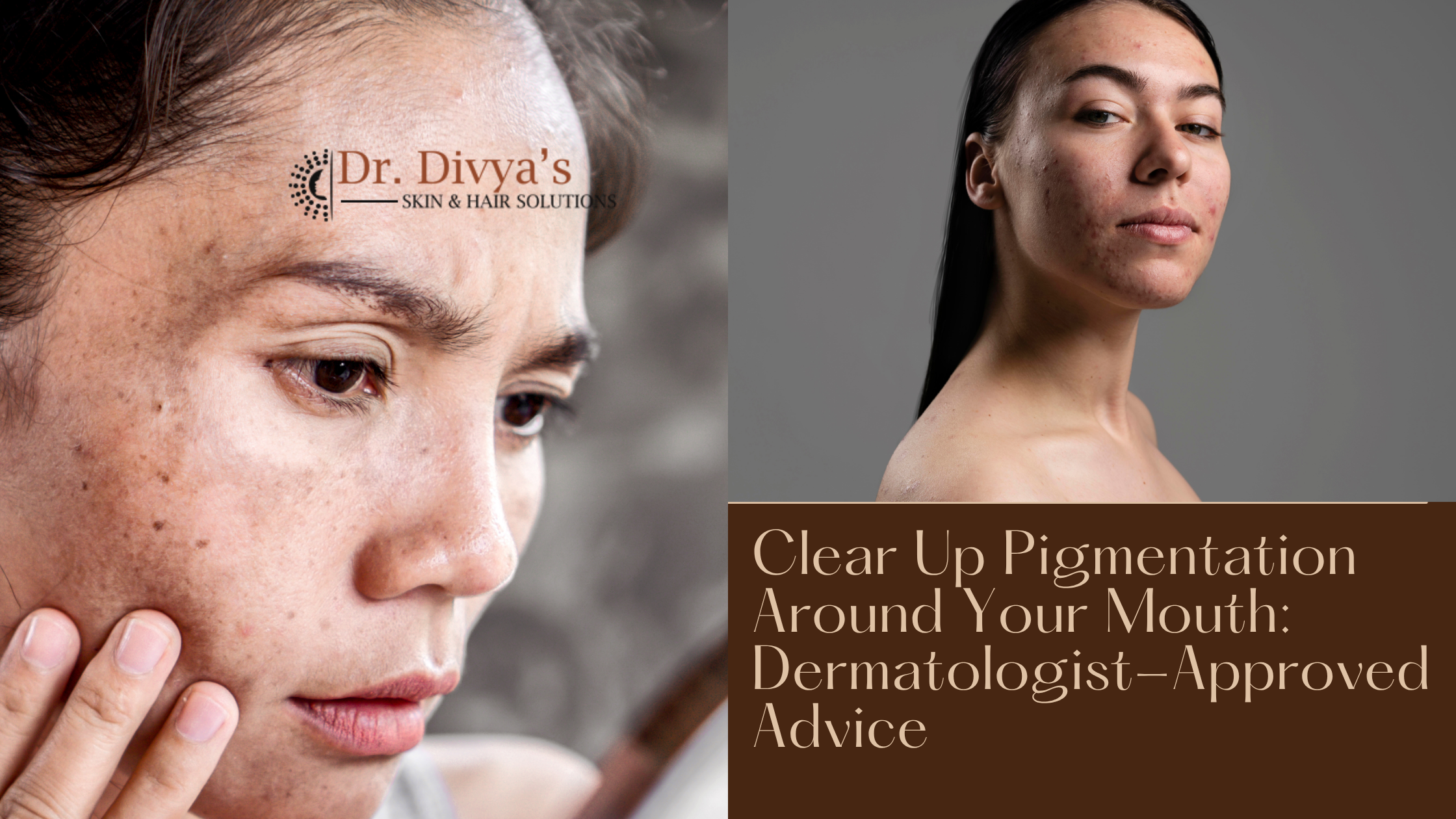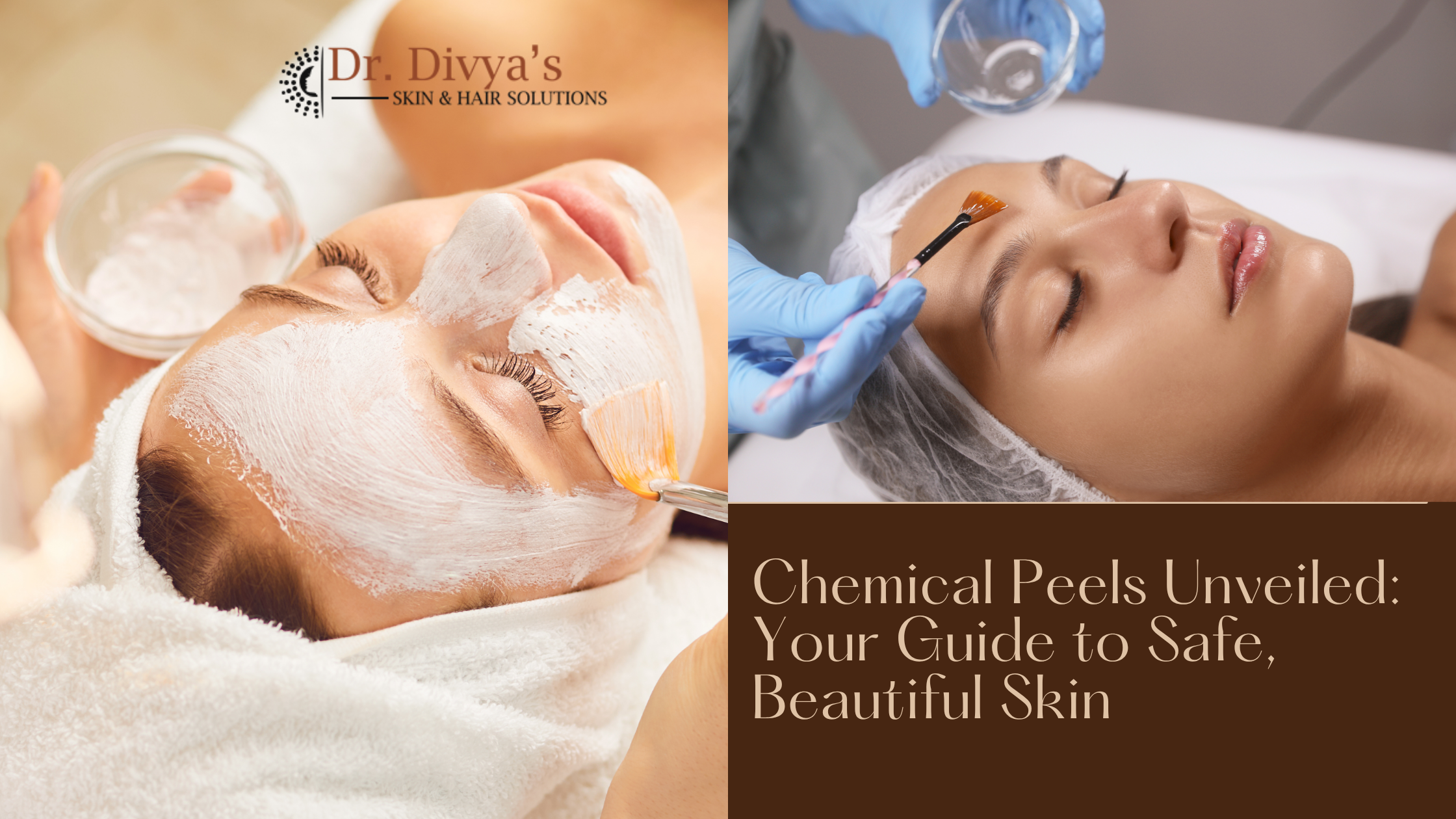Posted date on Oct 27, 2025
Chemical peels have become one of the most trusted dermatology treatments for achieving smoother, brighter, and more youthful-looking skin. Whether you’re battling acne scars, pigmentation, fine lines, or dullness, the right peel can help you uncover a fresher layer of skin and restore your natural glow. But with so many types available, how do you know which one suits your skin best?
Let’s break it down so you can find your perfect peel match.
What Exactly Is a Chemical Peel?
A chemical peel is a skin-resurfacing procedure that uses a specialized solution to exfoliate the top layers of the skin. This process encourages new cell growth, improves texture, and evens out skin tone. Depending on your concerns and skin type, your dermatologist will recommend a peel that’s gentle or intensive enough to achieve the desired outcome.
Types of Chemical Peels
1. Light (Superficial) Peels
Perfect for first-timers or those with sensitive skin, light peels use mild acids like alpha hydroxy acid (AHA) or beta hydroxy acid (BHA) to exfoliate the outer layer.
- Best for: Mild acne, uneven tone, dullness, and rough texture.
- Recovery: Minimal downtime, slight redness that fades within hours.
- Popular choice: Glycolic acid or lactic acid peel.
2. Medium Peels
These target deeper skin layers to treat acne scars, fine lines, and pigmentation. They often contain trichloroacetic acid (TCA) or stronger glycolic concentrations.
Best for: Uneven pigmentation, moderate wrinkles, acne marks.
Recovery: Peeling or flaking for a few days; visible brightness within a week.
3. Deep Peels
If you’re looking for dramatic transformation, a deep peel penetrates the lower dermal layers using strong agents like phenol.
Best for: Deep wrinkles, sun damage, and stubborn scars.
Recovery: Requires more downtime—your skin will peel and regenerate over several weeks.
Note: Should only be performed by an experienced dermatologist.
How to Choose the Right Chemical Peel for Your Skin
- Your ideal peel depends on multiple factors, including your skin type, concern, and tolerance level.
- For acne-prone skin: Salicylic acid peels are a great choice; they unclog pores and reduce breakouts.
- For dry or sensitive skin: Lactic acid or mandelic acid peels are mild and hydrating.
- For oily or uneven skin tone: Glycolic or TCA peels can help refine texture and even pigmentation.
- For anti-aging: Retinol-based or deeper chemical peels effectively smooth wrinkles and boost collagen.
- Always consult a qualified dermatologist before trying any peel. They can assess your skin’s needs and customize the treatment for your goals.
Aftercare Tips for Best Results
- Apply broad-spectrum sunscreen (SPF 50+) daily.
- Use soothing, fragrance-free moisturizers to calm irritation.
- Avoid scrubbing, waxing, or harsh exfoliants for at least a week.
- Stay hydrated and follow your dermatologist’s post-peel regimen carefully.
Why Professional Guidance Matters
While at-home peel kits are widely available, professional peels performed by a dermatologist ensure precise control, safer ingredients, and visible results without risking burns or uneven skin tone. Personalized assessment is key to unlocking your skin’s full radiance safely.
Conclusion
A chemical peel isn’t just a beauty treatment—it’s a science-backed method to rejuvenate and reset your skin. With the right choice guided by an expert, you can achieve a smoother, healthier, and effortlessly glowing complexion.
Ready to discover your perfect peel?
Book a consultation with Dr. Divya Sharma Bangalore, and let our experts customize a chemical peel suited perfectly for your skin type and goals.





